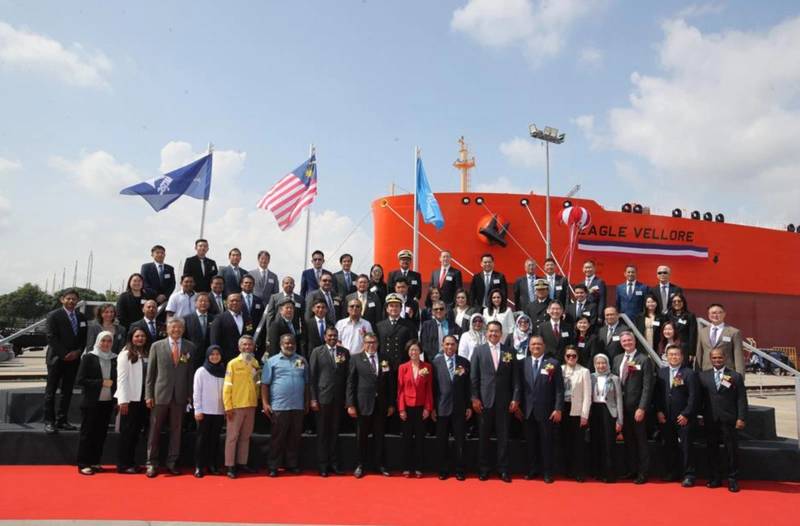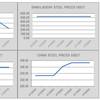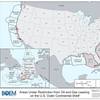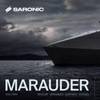AET Delivers LNG Dual-Fuel VLCC to Shell
AET delivered its newest vessel, the first of three Very Large Crude Carrier (VLCC) powered by dual-fuel liquefied natural gas (LNG) engines, on long-term charter to Shell Tankers (Singapore) Private Limited.
The Malaysian-flagged Eagle Vellore was named at a ceremony at the MMHE Pasir Gudang yard, attended by the Deputy Minister of Transport, Malaysia and other Malaysian government officials. The naming of the 300,000 dwt tanker in Malaysia marks an important milestone for AET and its parent MISC.
“Today’s naming of Eagle Vellore marks another significant milestone in strengthening our position as a sustainable shipping organization," said Zahid Osman, President & CEO, AET. "Adding another LNG dual-fuel VLCC to our fleet and our ongoing development of zero-emission vessels is consistent with our commitment to deliver more energy with less emissions, supporting customer demand and the world’s need for energy security.
Built by Hanwha Ocean (formerly Daewoo Shipbuilding & Marine Engineering) in Geoje, South Korea, the ship is classified by Lloyd’s Register.
“While we continue to invest in LNG, with over half of Shell’s crude tanker fleet set to be dual-fuel LNG by the end of the year, we are also developing zero-emissions fuel options to support future decarbonisation of the shipping sector," said Stacie Pitt, Senior Vice President for Crude Trading at Shell.
Eagle Vellore’s two sister vessels are currently under construction by Hanwha Ocean and due to be delivered later this year on long-term charter to Shell Tankers (Singapore) Private Limited. Both AET and Eaglestar site teams have been working closely together with the yard to ensure the safe delivery. Eaglestar is also the appointed ship manager of Eagle Vellore and its two sister vessels.
The three ships are designed with state-of-the-art technologies, optimized hull forms and propellers, wake improvement ducts and rudder bulbs to further improve vessel’s energy efficiency. Being among the most eco-friendly VLCCs available today, they comply with IMO’s 2025 EEDI Phase III and with a 99% reduction in sulphur oxides, 85% reduction in nitrogen oxides and 95% particulate matter.
 Present at the Eagle Vellore naming ceremony were Deputy Minister of Transport in Malaysia YB Datuk Haji Hasbi Bin Haji Habibollah, Godmother of Eagle Vellore and Chairman of Shell Companies in Singapore Ms Aw Kah Peng, MISC Chairman Datuk Abu Huraira Abu Yazid, AET Chairman and MISC President & Group CEO Capt. Rajalingam Subramaniam and AET President & CEO Zahid Osman. Image courtesty AET
Present at the Eagle Vellore naming ceremony were Deputy Minister of Transport in Malaysia YB Datuk Haji Hasbi Bin Haji Habibollah, Godmother of Eagle Vellore and Chairman of Shell Companies in Singapore Ms Aw Kah Peng, MISC Chairman Datuk Abu Huraira Abu Yazid, AET Chairman and MISC President & Group CEO Capt. Rajalingam Subramaniam and AET President & CEO Zahid Osman. Image courtesty AET













